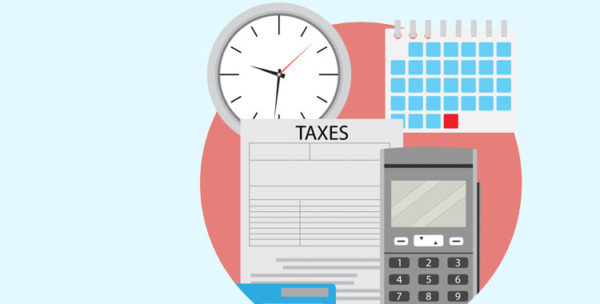’Tis the Season for Personal Tax Planning
by BusinessWoman magazine / 0 Comments / 288 View / December 1, 2017
December is a busy month — holiday parties, gift shopping, cookie baking. But before the ball drops on New Year’s Eve, don’t forget to do your tax planning. While I realize this is probably not your favorite holiday activity, saving taxes just may help you pay for all the merriment!
At this writing, there is much talk in Washington about tax reform but few details upon which to make projections. Many analysts, however, feel certain that any federal tax law changes will result in either no change or a decrease to your tax bill.
Here are some quick ideas for individuals to consider before they close their books on 2017:
1. Postpone income until 2018 and accelerate deductions (charitable contributions, state and local taxes, etc.) into 2017 to lower your 2017 bill. If you believe that Congress will be successful at lowering tax rates next year, this strategy may be especially valuable to you.
Note that if you are subject to the alternative minimum tax (AMT), it will not benefit you to accelerate paying state/local taxes or unreimbursed business expenses.
2. If you are expecting a year-end bonus, it may be advantageous to ask your employer to defer the payment until early 2018. This could cut as well as defer your tax if Congress reduces tax rates beginning in 2018.
3. Use a credit card to pay deductible expenses or to make donations to charities before the end of the year. Doing so will increase your 2017 deductions, even if you don’t pay your credit card bill until after the end of the year.
4. If you become eligible at any time in 2017 to make health savings account (HSA) contributions, you can make a full year’s worth of deductible HSA contributions for 2017. Those with single coverage can contribute $3,400, and those with family coverage, $6,750. Anyone over 55 can contribute an additional $1,000.
Contributions are deductible for 2017 if made no later than April 17, 2018.
5. Be sure you have taken full advantage of your company’s match in your retirement plan (401(k), 403(b), SIMPLE IRA). If you have not contributed enough to get the full match, consider increasing your elective deferral amount.
If you have met the match but can contribute more, consider lowering your taxes by deferring more of your income with increased contributions to your plan.
6. If you are in a low tax bracket for 2017, you may want to consider converting all or part of a traditional IRA into a Roth IRA to the extent that you remain in the lower bracket. The amount converted will be subject to tax in 2017, but the Roth IRA will grow tax free (rather than deferred) in the future.
Roth IRAs are also not subject to required minimum distributions when the owner becomes 70.5.
7. Review your investments held in non-retirement accounts to see if you have underperforming stocks or mutual funds that could be sold at a loss to offset capital gains earned by other holdings. Up to $3,000 of net capital losses can be deducted against current income; any unused capital losses are carried forward to future years.
8. Consider donating appreciated stock or mutual funds held for at least one year to charity rather than donating cash. You will deduct the value of the donated property rather than your original cost, and you will avoid paying tax on the built-in capital gains.
9. Clean out your closets and donate your good, used clothing and household furnishings to charities before year end. Be sure to get a receipt and assess the fair market value of the items donated.
10. Individuals at least 70.5 years old can make up to $100,000 in qualified charitable distributions (QCDs) from IRAs and avoid tax on the distributions. QCDs must be made directly to the charity (excluding private foundation, donor-advised funds, and supporting organizations).
QCDs satisfy any required minimum distributions (RMDs), but are not deductible for income tax purposes.
11. And speaking of RMDs, if you reached age 70.5 in 2017, you have until April 1, 2018, to take your first RMD, or a hefty 50 percent penalty may be assessed on the amount that should have been withdrawn.
If you wait until 2018 to take your first RMD, be aware that you will be required to take a 2018 RMD as well. So do some projections to decide how that would affect your total tax in both years.
12. If you make estimated quarterly tax payments, be sure to pay in enough (or have enough in withholding) to avoid any underpayment penalties.
Similar to 2017, April 15 will not be the due date for your tax returns next year. Since April 15 falls on a Sunday, and April 16 is Emancipation Day (a holiday celebrated in Washington, D.C.), the deadline for filing and paying your 2017 income tax will be April 17, 2018. BW
Susanne H Dombrowski, CPA, is a principal and shareholder at Bazella Dombrowski & Co., CPAs, in Lancaster, specializing in individual, estate, and trust taxation. www.bazdom.com


Your Commment
You must be logged in to post a comment.